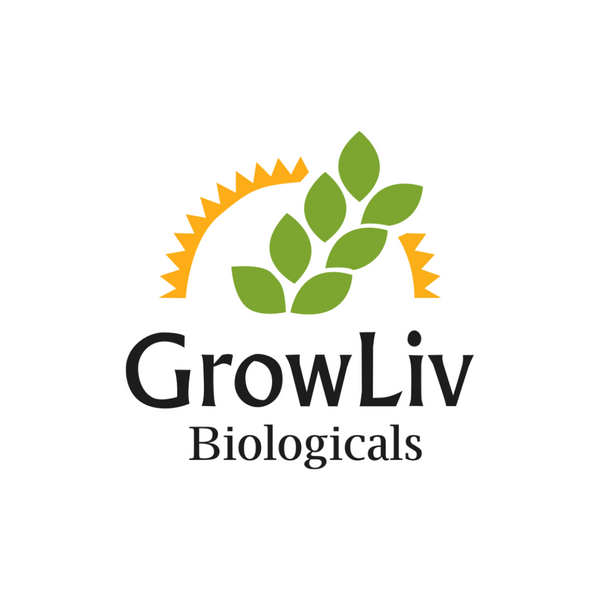PodiLiv (P. maculiventris) targets medium to large insects such as Tomato Loopers, including plant-feeding bugs, caterpillars, and beetle larvae. Both nymphs and adults are active hunters, providing effective control across multiple pest types in greenhouses and outdoor crops. This makes PodiLiv (P. maculiventris) a versatile and powerful addition to any IPM program.
Life Cycle

PodiLiv (P. maculiventris) undergoes three main developmental stages: egg, nymph, and adult.
Egg Stage
Females lay clusters of 20 to 30 eggs on the underside of leaves, often near pest populations. Eggs hatch within 5 to 7 days under optimal conditions.
Nymphal Stage
Nymphs pass through five instars over a period of 21 to 28 days. During this time, they actively feed on soft-bodied pests such as caterpillars, armyworms, and beetle larvae. Both nymphs and adults use their piercing mouthparts to inject digestive enzymes, immobilizing and consuming their prey.
Adult Stage
Adults live for several weeks to months, depending on temperature and prey availability. Females lay hundreds of eggs throughout their lifespan, maintaining strong predator populations. The sex ratio is typically balanced, supporting continuous reproduction.
Key Benefits
|
Benefit |
Description |
|
Wide Prey Range |
Predates on caterpillars, beetle larvae, lygus bugs, and other soft- and hard-bodied insects. |
|
Sustained Population |
Can survive on alternative prey, allowing populations to persist even when pest levels are low. |
|
High Impact on Caterpillars |
Especially effective against tomato hornworms, armyworms, diamondback moth larvae, and cabbage loopers. |
Application Guidelines
For best results, open containers and distribute bugs evenly across the crop canopy in the early morning or late afternoon when temperatures are mild. Avoid direct exposure to sunlight or extreme temperatures during release.
Storage and Handling
Use immediately upon arrival for maximum effectiveness. If temporary storage is necessary, keep at 10 °C with approximately 60% relative humidity. Do not refrigerate or freeze.
Release Strategy
|
Strategy |
Release Rate |
Repeat Every |
|
Preventative |
0.1–0.2 per m² |
14–21 days |
|
Curative |
5 per m² |
7 days |
Regular scouting and monitoring are essential. Adjust release rates based on pest pressure and crop density to maintain optimal predator levels.
Ideal Environment
The ideal temperature for PodiLiv (P. maculiventris) activity is around 25 °C, with predation occurring between 19 °C and 28 °C. Maintain relative humidity near 60% for best results. The development threshold is approximately 12 °C, below which activity slows significantly.

